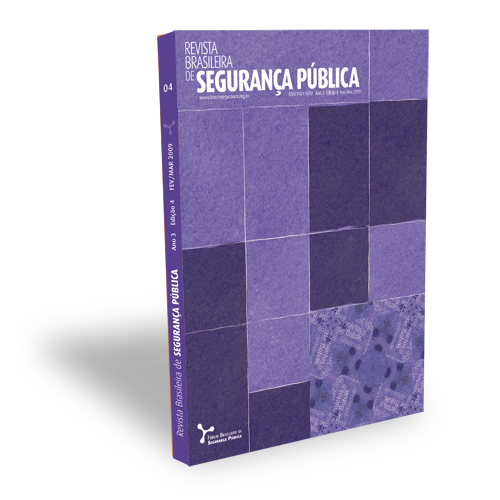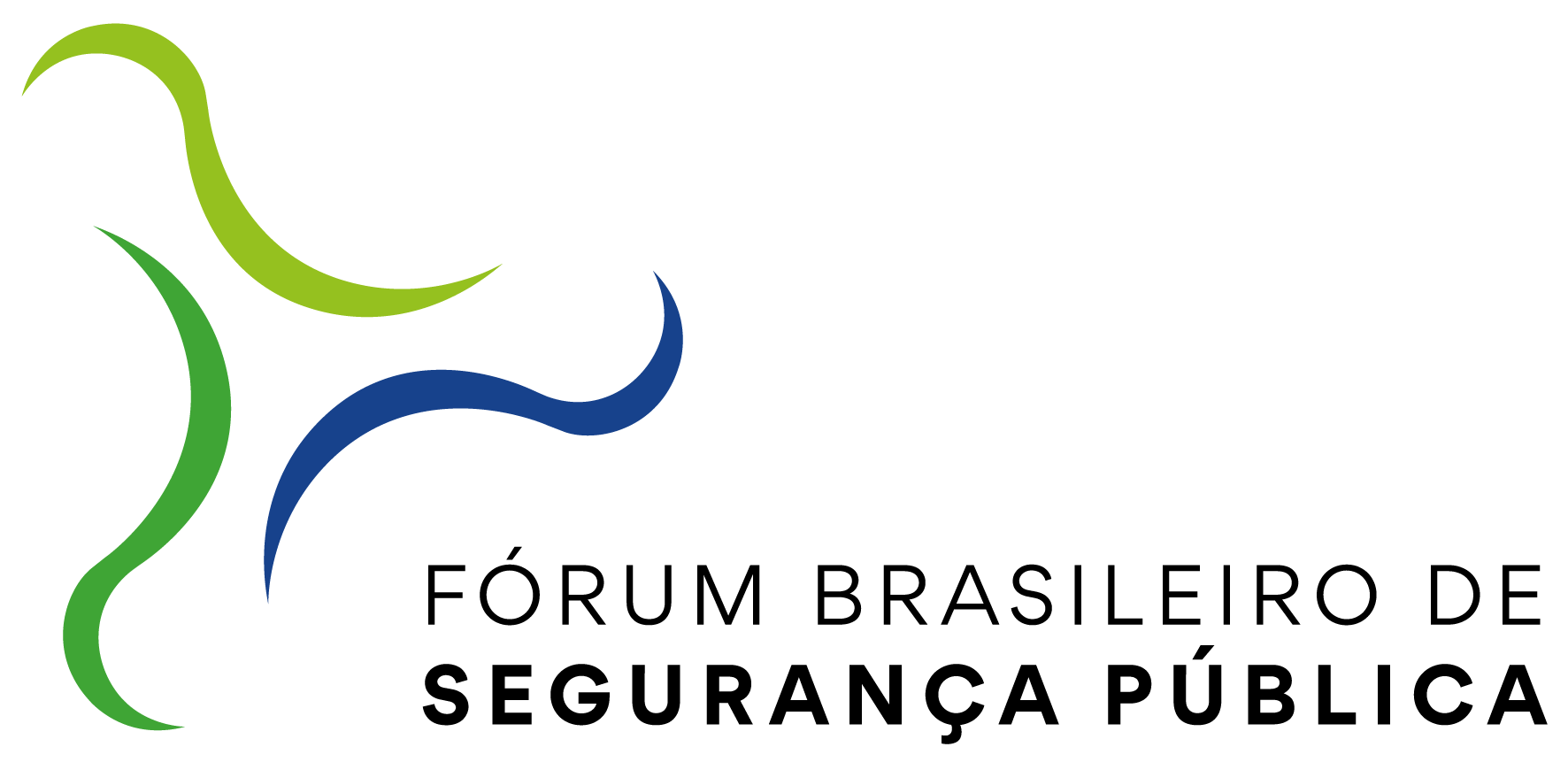Criminal Justice and Public Security in Brazil:
causes and consequences of the punitive demand
DOI:
https://doi.org/10.31060/rbsp.2009.v3.n1.42Keywords:
Criminal Justice, Public Security, Penitentiary System, Punitive DemandAbstract
This article begins with a synthetic description of the formal structure of the criminal justice system in Brazil, followed by an approach to the various dimensions of the performance of justice and security institutions since the period of democratization in the 1980s until the present moment. Against the backdrop of the increase in homicide rates and the difficulties encountered in restructuring the police forces to operate in a democracy, we seek to identify the impact of the demand for punishment on the functioning of the justice system, taking into account the actions of the Public Prosecutor's Office and the Judiciary, as well as the result of the growth of incarceration rates on the prison system. In conclusion, we point to the importance of the actions of the Ministry of Justice and the Supreme Court to contain the demand for punishment and restructure the institutions of justice and security.
Downloads
References
ADORNO, S. Insegurança versus direitos humanos: entre a lei e a ordem.Tempo Social, São Paulo, v. 11, n. 2, p. 129-153, 1999.
ADORNO, S. Lei e ordem no segundo governo FHC.Tempo Social, São Paulo, v.15, n. 2, p. 103-140, nov. 2003.
ADORNO, S.; SALLA, F. A. Criminalidade organizada nas prisões e os ataques do PCC.Estudos Avançados, São Paulo, Instituto de Estudos Avançados da USP, v. 61, 2007.
ALSTON, P. Relatório do relator especial sobre execuções extrajudiciais, sumárias ou arbitrárias, em 14.05.2008.
ARANTES, R. B. Ministério Público e política no Brasil. São Paulo: Ed. Sumaré, 2002.
AZEVEDO, R. G. de. Criminalidade e justiça penal na América Latina.Sociologias, ano 7, nº 13, p. 212/240, jan./jun. 2005a.
AZEVEDO, R. G. Ministério Público gaúcho: quem são e o que pensam os promotores e procuradores de justiça sobre os desafios da política criminal. Porto Alegre: Ministério Público do RS, 2005b (Separata).
AZEVEDO, R. G. de; DIAS NETO, T. Poder Judiciário e justiça penal no Brasil. Anuário do Fórum Brasileiro de Segurança Pública. São Paulo: Fórum Brasileiro de Segurança Pública, 2007.
BARRETO, F. C. O. Flagrante e prisão provisória em casos de furto: da presunção da inocência à antecipação da pena. São Paulo: IBCCrim, 2007.
BARROSO, L. R. Ano do STF: judicialização, ativismo e legitimidade democrática.
CÂMARA DOS DEPUTADOS. Relatório da CPI do Sistema Carcerário.
CEJIL et al. Relatório sobre mulheres encarceradas no Brasil.2007.
CHEVIGNY, P. The populism of fear: politics of crime in Americas. Punishment & Society, v. 5 (1), 2003.
DEPEN – Comissão de Monitoramento e Avaliação. População carcerária brasileira (quinquenio 2003-2007) – evolução e prognósticos.
ETCHITCHURY, C. 1,7 milhão de crimes não investigados.Jornal Zero Hora, p. 38, 27.07.2008.
ILANUD. A lei de crimes hediondos como instrumento de política criminal. São Paulo, julho de 2005 (Relatório de pesquisa).
IPEA. A queda da desigualdade entre as pessoas ocupadas – Análise do Brasil metropolitano. Informe da Presidência, nº 6, junho de 2008.
KANT DE LIMA, R.; MISSE, M.; MIRANDA, A. P. M. Violência, criminalidade, segurança pública e justiça criminal no Brasil: uma bibliografia. BIB, Rio de Janeiro, n. 50, 2º semestre de 2000.
MINGARDI, G. Tiras, gansos e trutas – cotidiano e reforma na Polícia Civil. São Paulo: Scrita Editorial, 1992.
O’DONNELL, G. Poliarquias e a (in)efetividade da lei na América Latina: uma conclusão parcial. In: MÉNDEZ, J.. O’DONNELL, G.; PINHEIRO, P. S. (Orgs.). Democracia, violência e injustiça – o não Estado de Direito na América Latina. São Paulo: Paz e Terra, 2000.
Downloads
Published
How to Cite
Issue
Section
License
Copyright (c) 2012 Revista Brasileira de Segurança Pública

This work is licensed under a Creative Commons Attribution 4.0 International License.
Licensing
The Brazilian Journal of Public Security uses the Creative Commons License as a form of licensing for its published works. The license used follows the CC BY 4.0 - Attribution 4.0 International model.
To see the permitted rights please go to the full licence or to our Copyright and Licensing page.



